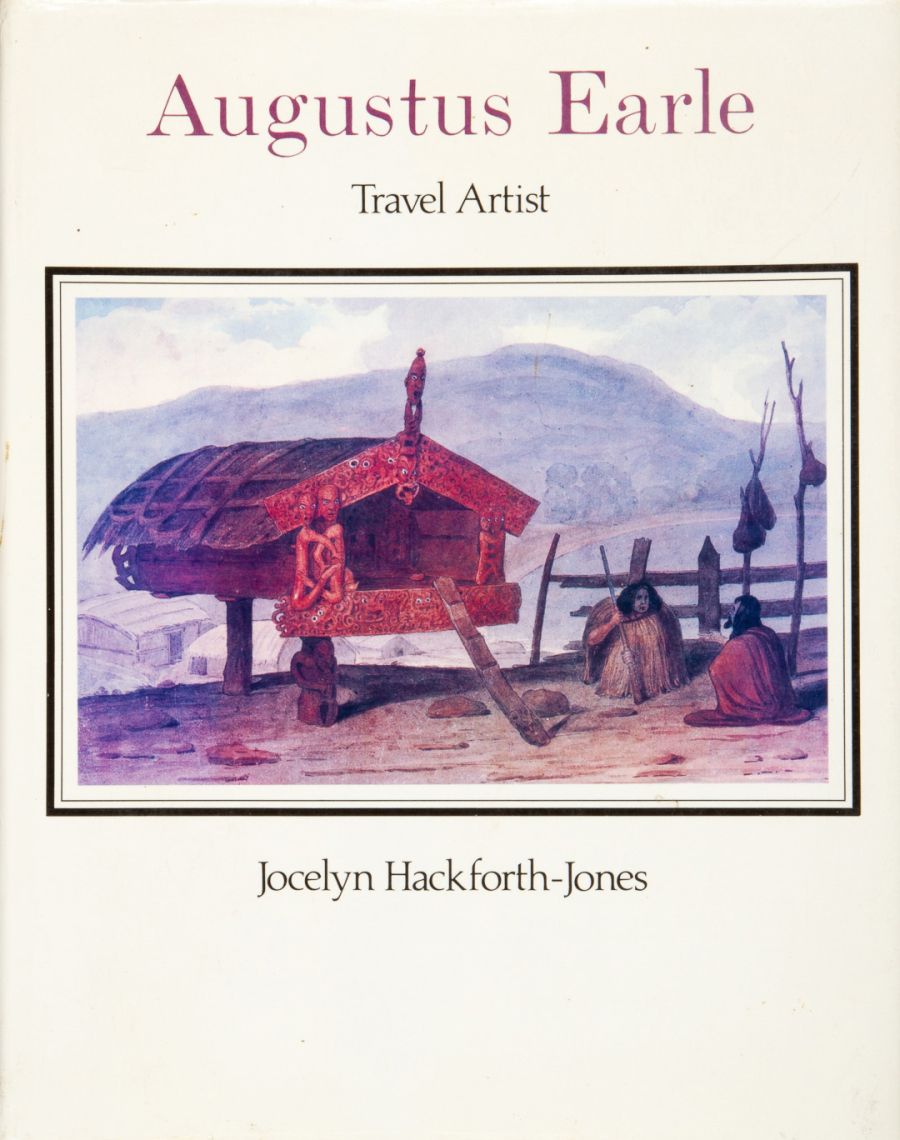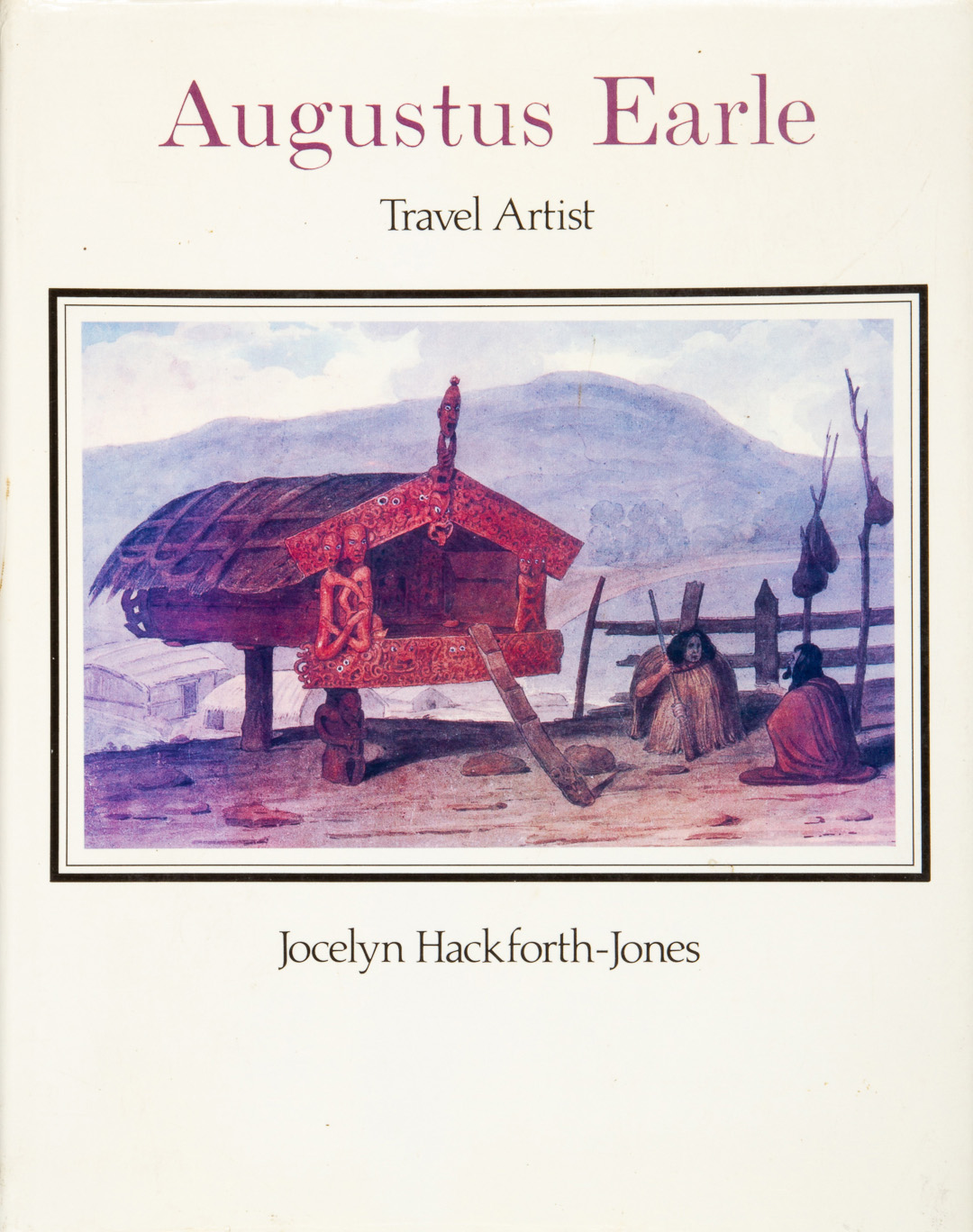
- Free Article: No
- Contents Category: Art
- Review Article: Yes
- Article Title: Artist Abroad
- Online Only: No
- Custom Highlight Text:
The collection of 161 drawings and watercolour paintings by Augustus Earle now in the possession of the National Library of Australia consitutes the greater part of his work to have survived and is, all things considered, the most impressive single component of the Nan Kivell Collection. The son of an American painter and loyalist, James Earl, the young Augustus Earle (born 1793) studied at the Royal Academy London, and developed considerable talent as an artist in portraiture, figure, and landscape painting. At an early age he also developed a disposition for travel and by the time of his death in 1838 was one of the most widely-travelled artists of his time, having visited the Mediterranean, South America, Australia, New Zealand, the South Atlantic island of Tristan da Cunha, the Pacific Islands, South-east Asia, and India. One of the last of the travelling artists to work extensively in the days prior to the introduction of photography, Earle’s work constitutes an invaluable record of life on many of the frontiers of European expansion. Because his training was an all-round one he has left us not only a varied picture of exotic landscape but also many vivid illustrations of colonial life, and of native life and custom in Australia, New Zealand and elsewhere.
- Book 1 Title: Augustus Earle
- Book 1 Subtitle: Travel Artist
- Book 1 Biblio: National Library of Australia, 157 pp
- Book 1 Cover Small (400 x 600):

- Book 1 Cover (800 x 1200):

Earle was fortunate in acquiring his skills in the art of watercolour painting before it began to compete with oil painting and became clotted, mottled and heavy with viscid paint. His watercolours are characteristic (though carried on into the 1820s and 1830s) of the late eighteenth-century topographical watercolour at its best as exemplifed in the work of Francis Towne, John White Abbott and William Pars – artists to whom he is obviously indebted. And to their broad, limpid washes and cool lines he was able to add a considerable proficiency in figure draughtsmanship, so that at times his figure work recalls the liveliness of David Wilkie.
Jocelyn Hackforth-Jones’s book now provides us for the first time with a comprehensive descriptive catalogue of the National Libraries holdings together with a detailed introduction which provides the most complete account of the artist’s life and art yet to be published, traversing his early life and the sources of his style, Earle’s relation to the topographical tradition and the romantic movement, together with a most interesting account of the personal responses of his style to the particular characteristics of the landscapes and environments which he depicted. Earle was essentially an illustrator with an eye to publication in book form (it was the age of the great illustrated books of travel in aquatint) and he has left us with many invaluable records of colonial social life in several parts of the world which are now unique. For a man of his time his depiction of native peoples – of Maoris, Australian aborigines and of negro slaves in South America reveals an unusually sympathetic attitude, one which he makes quite explicit in his Narrative of a Nine Month's Residence in New Zealand in 1827. His attitude remained, however, as Jocelyn Hackforth-Jones makes clear, a thoroughly honest and empirical one, there being no attempt to endow native people with a false nobility or reduce them to vicious stereotypes. Although there is no discernible influence of any direct kind, his desire to render the quotidian activities of life recalls the Japanese wood-block artists of the Ukiyo, and occasionally, as in the watercolours of Tristan da Cunha, with their fine feeling for weather, their broad masses of tone and strong linear rhythms; the style also of the Ukiyo comes to mind.
The National Library of Australia has produced the book admirably; producing a good range of colour plates remarkably true to their originals in a sensible but not over-lavish format. It is an important addition to the small but growing number of monographs now available on Australian colonial art, and because of Earle’s wide-ranging subject-matter, a book which will also be collected by specialists abroad.


Comments powered by CComment